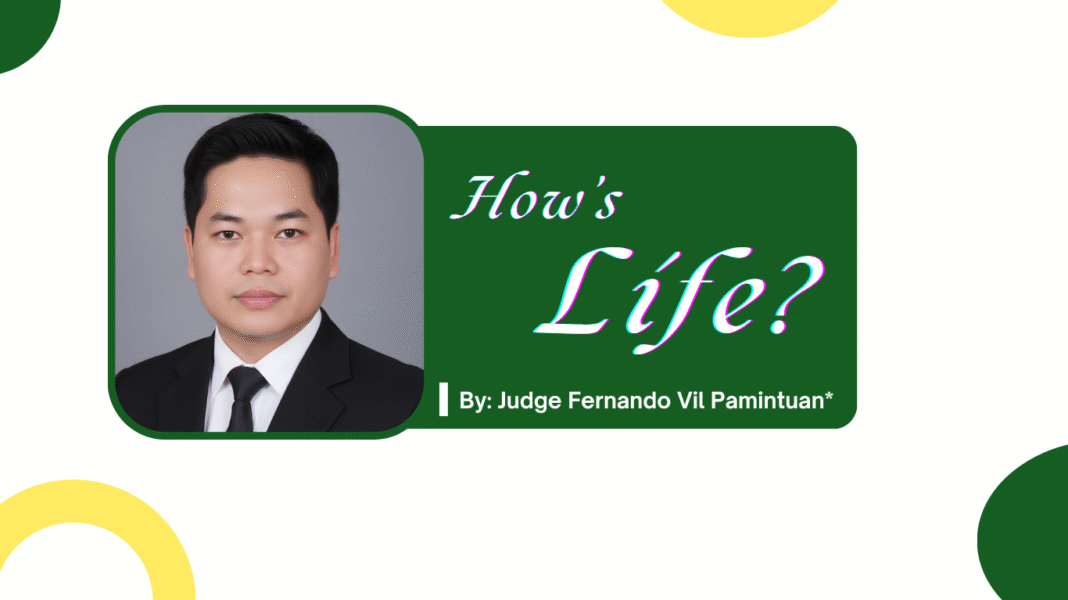“Lord, make me an instrument of your Peace, where there is darkness, let me sow light; where there is despair, hope; where there is sadness, joy; where there is hatred, love…”
The humblest of all saints, St. Francis of Assisi.. Born of merchant parents in 1181, at Assisi, Italy, young Francis dreamed of knighthood and glory. He also had spiritual leaning until as a young adult, he entered a crumbling chapel in Assisi, and heard the voice saying: “Francis, Rebuild my church.” These words reverberated in Francis mind and he consulted a local priest who at first did not fully believe him, but advice him to pray some more and go back to the said chapel.
Francis returned to the chapel where he heard the voice before, and prayed, and the more Francis was convinced and resolved to take a radical change in his life. Coupled with meditation and his strong Catholic upbringing, Francis changed his way of life from riches to poverty to be with the Lord; from wealthy to destitute to be with the poor; and from material possession to nothing to be poor in spirit. Francis embraced the very simple life and poor people including the “birds of the sky and the beast of the forest.” Francis stripped his body of fine clothes, and instead, wore sack clothes, and walked barefooted with his disciples-brothers Friars Minors in the villages of Italy, preaching about the Gospel especially on the Eucharist, the Body and Blood of Christ. Francis and his brothers taught the people of the values of peace, love, forgiveness, brotherhood, unity, positivity, and the worship of the Lord through Jesus Christ. By their basic and very simple lives, Francis and his Franciscan bothers showed the people that the way to the Lord and salvation is by simplicity and devotion to the Eucharist presented and partook in every mass or religious feast.
Francis and his Francis brothers’ work and pastoral activities among the communities improved the poor people’s spirituality and brotherhood, so that the Pope of Francis’ time called for him in Rome, and before the crowd of the faithful, the Pope knelt before Francis and said: “You are the personified Christ”.
In the middle age of his life, St. Francis of Assisi developed “stigmata”, or wounds on the palms of his hands, on his feet, on his knees, and other parts of his body, similar to the wounds of the crucified Christ. These wounds were incurable and St. Francis had these wounds until the time of his death on October 3, 1226, at the age of 45. The date of his dying on October 3, 1226 to his heavenly life, October 4, 1226, is called in the Catholic tradition as “Transitus” which is usually dramatised or staged every October 3, in churches. The Feast day of St. Francis of Assisi is October 4.
But what draws the faithful more to St. Francis is his simple and yet powerful prayers, as we continue: “O, Divine Master, let me not seek to be understood, as to understand; to be consoled, as to console; and to be loved as to love.”
“For it is giving that we receive; it is in forgiving that we are pardoned; and it is in dying that we are born to eternal life.”
No less than the late Pope Francis took his papal name from this simple man and yet great man of the church, St. Francis of Assisi..
*Former Palawan State Scholar




